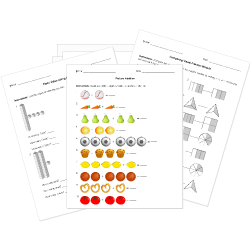Common Core Standard HSS-CP.B.7 Questions
Apply the Addition Rule, P(A or B) = P(A) + P(B) – P(A and B), and interpret the answer in terms of the model.
You can create printable tests and worksheets from these questions on Common Core standard HSS-CP.B.7! Select one or more questions using the checkboxes above each question. Then click the add selected questions to a test button before moving to another page.







